The Article
EQ ISOLATORS FROM STACK AUDIO
30th November 2023
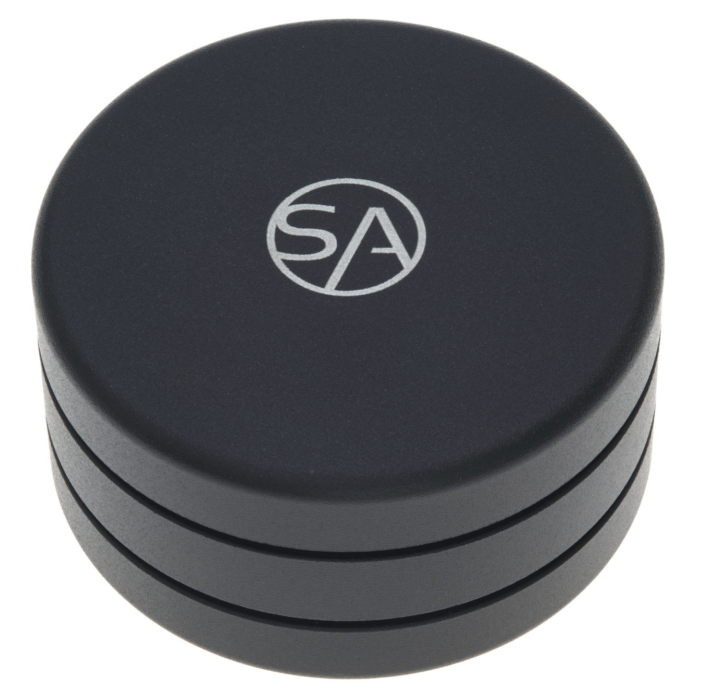
Looking to lower high-frequency noise and vibration? Think isolation feet might be a good idea? Paul Rigby might might have a solution for you
There is no such thing as silence on planet Earth.
The noise of life infects everything, especially your HiFi. And that noise circles your components and masks fine detail. Many listeners don’t hear it. Many couldn’t care less anyway. I can and I do. Hence, this review.
I’m not talking about hydraulic drill noise, dogs barking noise, billionaires counting their money noise. No. This stuff is subtle. In fact our brains tune it out. If we didn’t, we would go mad. This subtle stuff can often only be detected once it’s gone.
Ever thought that your HiFi sounds better at night? Hang onto that thought. You have just tasted the bitter truth of high-frequency noise. At night there is less traffic on the roads and less movement in general so vibration reduces, you and people living around you begin to turn off appliances so your mains supply is cleaner, phones are being turned off and clouds of Wi-Fi clutter is being removed. And that’s just a few examples.
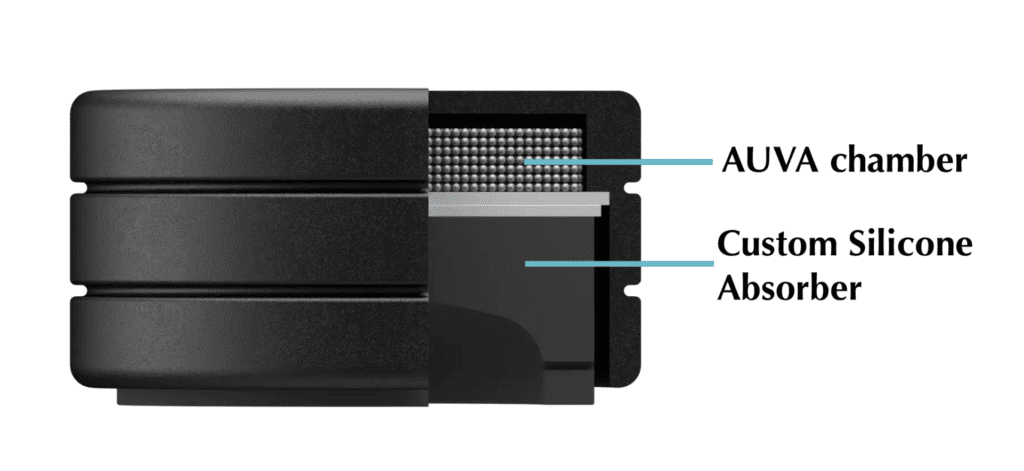
As you can see. This noise comes from a host of sources. And in isolation it doesn’t create a great deal of hassle. But when accumulated together, it becomes a big problem.
VIBRATION IN THE NATION
Your house vibrates, wooden flooring adds to that, the traffic outside your house produces more, stand on the pavement as an articulated lorry trundles by along the road and feel the floor shaking. Buzzing street lighting doesn’t help your mains supply, switch mode power supplies from your mobile phone or PlayStation do horrible things to the mains, next door’s noisy electrics add to the dirty mains problem, then there’s Wi-Fi (the march of progress is apparently inverse to the notion of HiFi sound quality). Oh and did I mention general radio frequencies flying around your head as you watch this? Life? It’s noisy. Very noisy.
So my HiFi system resembles the paranoid rantings of a HiFi Heath Robinson made solid. For my American friends? Rube Goldberg.
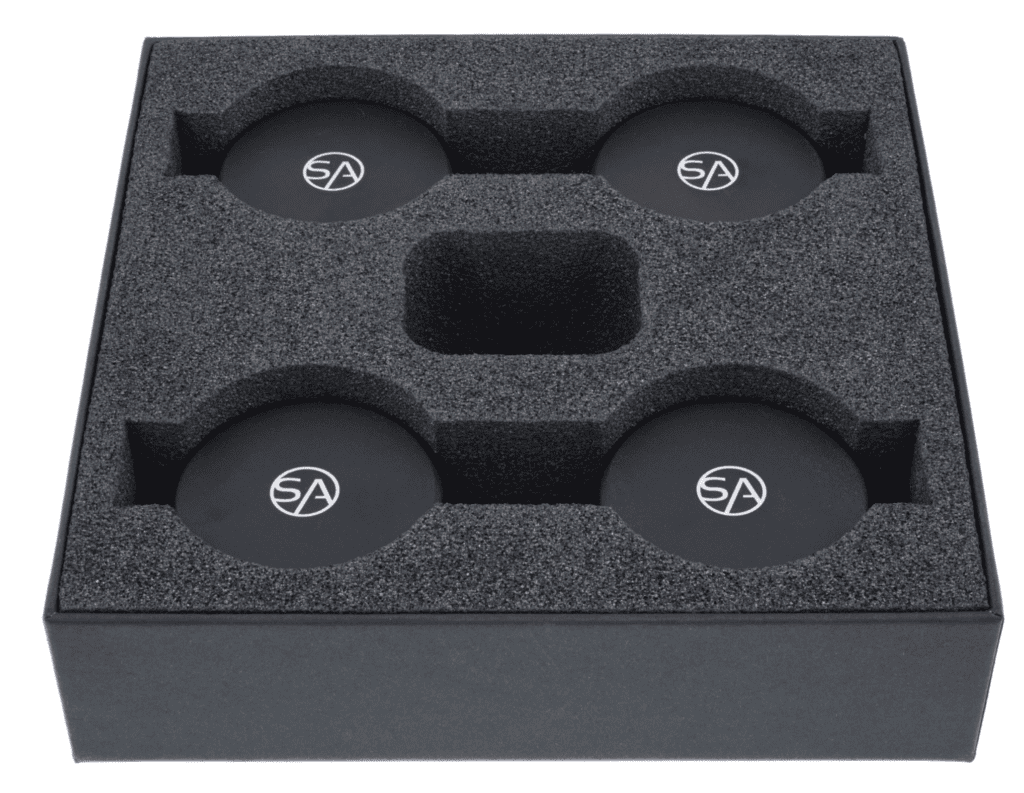
My HiFi manifests sonic fears with an aluminium fascia, you might say.
So when I look at AUVA’s EQ isolation feet. I hope that they will add to the calming bubble around my HiFi. These things are not called isolation feet for nothing.
MICROPHONY
The AUVA EQ feet targets microphony. Microphony stems from that vibration I mentioned. Microphony turns physical vibrations into electrical signals that produce noise, masking delicate sonic detail. It doesn’t just come from outside your HiFi. It comes from inside it too, from transformers and the like.
The AUVA EQs use two pieces of tech to do their job. The first is the same tech used on the AUVA speaker feet that I’ve already reviewed here. That is, the Particle Impact Damping technology. In addition, these EQ feet include a Custom Silicone Absorber a sort of deformable suspension that provides Compliant Damping.
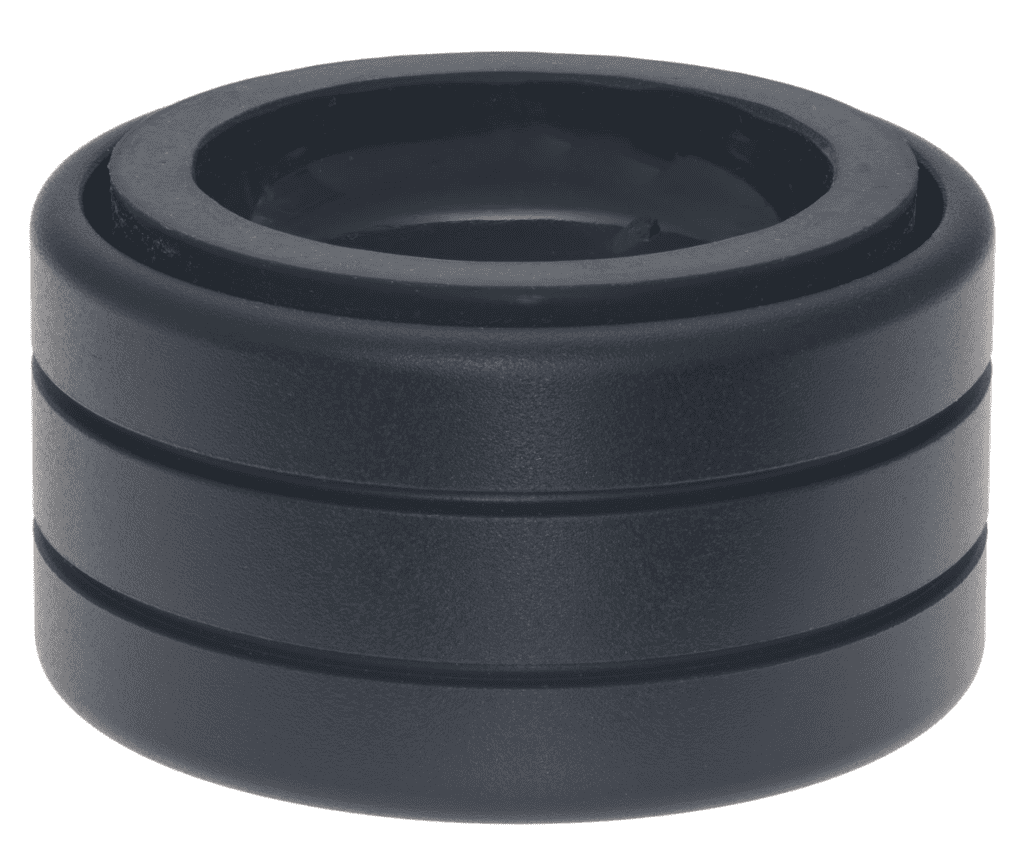
That lot sits inside a rigid machined aluminium shell. Hence, the case of your Hi-Fi equipment is coupled with the AUVA chamber of the EQ but isolated from the Hi-Fi shelf via the CSA suspension.
Then the Particle Impact Dampening sets to work at turning vibration into heat across numerous frequency bands.
To use the feet? Just put the feet under your HiFi equipment so one side supports your HiFi, the other end rests on the HiFi shelf. You can use these feet with any HiFi item such as an amplifier, CD player, streamer, turntable.whatever… Although, not turntables with suspended plinths. The suspension system on those turntables should be doing the same sort of job so these feet are unnecessary.
So that’s basically the feet in a nutshell. How do they sound?
SOUND QUALITY
I grabbed my copy of Pink Floyd’s The Wall and tested these feet underneath my Audiolab 6000CDT CD transport with the track, In the Flesh. I also supported my HiFi on a very nice Blue Horizon shelving unit which already features isolation features within. So the AUVA EQs had a fight on their hands to be noticed at all.
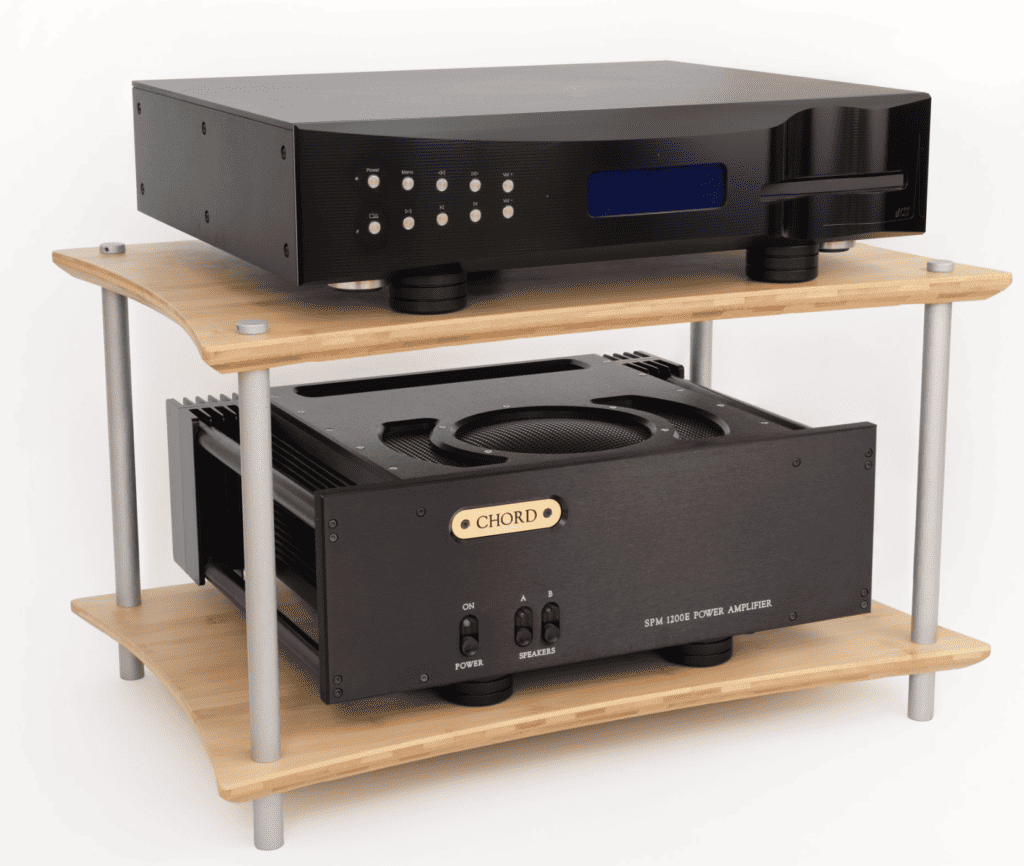
Well, even after a couple of seconds, I could hear that it was winning that fight because what hit me immediately was how organised the music sounded with the AUVA EQ feet in place. The stereo image itself was the big deal here. Without the feet, the stereo image wandered all over the place. Then, the image itself was fuzzy and indistinct. With the feet, that stereo image was fixed, locked straight ahead.
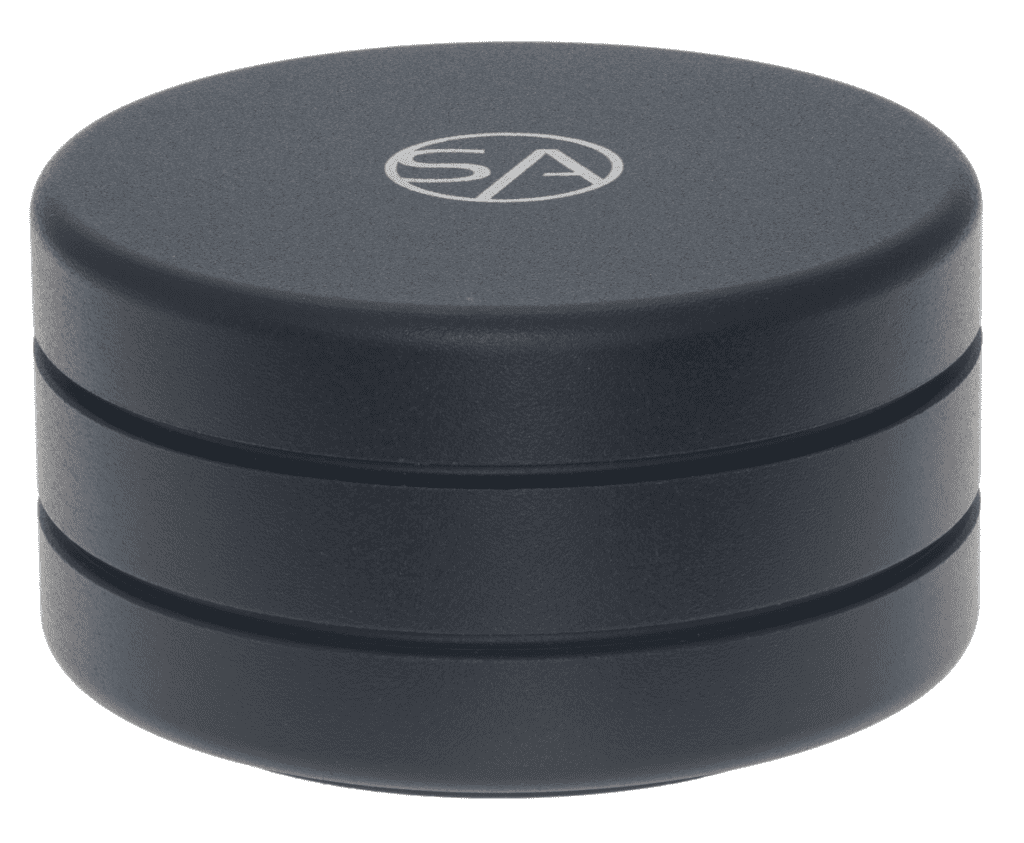
Bass sounded wider with the feet added. There was a cavernous sound at the bottom end now while a crazy, freak-out Hammond organ on the left channel no had more space to perform and thus occupied more room in the mix. Vocal harmonies sounded more like a group of voices rather than a single block of noise while the rhythm guitar offered a more complex response now.
VS SOUND DECK MK.II MINI
I love the Mk.II mini feet, which can be yours for £52 for a set of four. In fact, I’m pretty certain I was the first person to review them and declare how wonderful they are. Even so, as good as the Mk.II Minis are and I still love them to bits, the EQs ramps up the improvements. Bass is a highlight on the Mk.II Minis but the EQs add structure to the low end and more space while they’re about it. Upper midrange performed well via the Mk.II Minis but there is more space created by the EQs, more detail is extracted, more subtle and nuanced information that, added together, gives a more expensive, more complex performance.

The Mk.II Minis are preferable if you want a low-key, small footprint option because the Minis are presented as flat discs. The AUVA EQs are more noticeable because the EQs have definite bulk and height. The choice is yours.
VS ISOACOUSTICS OREA
I then moved to vinyl and tried the EQs under my valve phono amplifier and compared those to the Isoacoustics Orea feet. I reviewed these feet around five years ago and I’llput a link for the text review in the Description below. They’ve stayed in my system since that time. I like them a lot. They are more expensive than the EQs though at around £45 – depends where you shop – per foot. You can buy a pack of four AUVA EQs for less than at the price of a single Orea foot. So, I assumed the Oreas were going to be the better performers here. I wondered how close the EQs would get to the Orea in sonic terms.
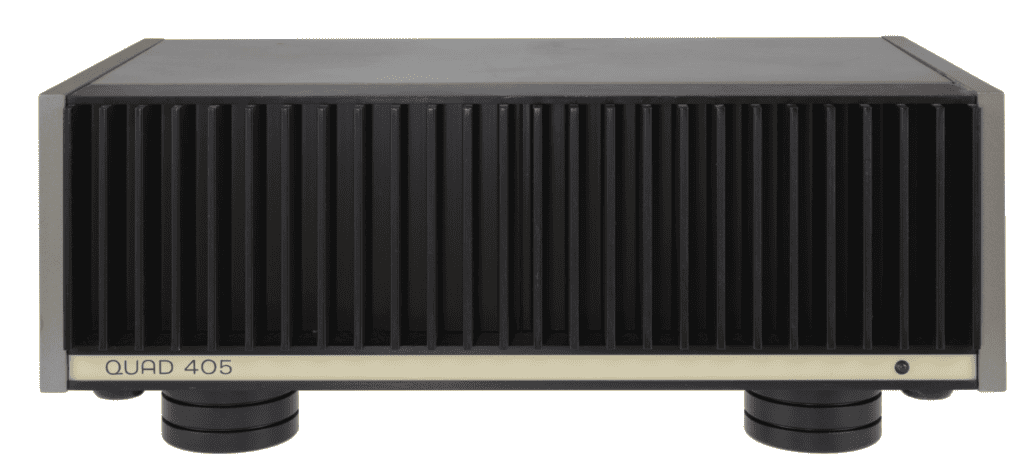
I turned to Roy Wood’s Boulders LP and, I have to say, not only did the EQs keep up with the Orea but they surpassed them in pure performance terms. Noise dropped further using the EQs so that treble-infused elements from guitar plucks and cymbals taps were finer with more delicate, secondary percussion, instead of having a slightly tizzy effect, offered a recognisable tambourine shimmer. Bass sounded lower, broader with larger spaces that opened up the bottom end giving a more dramatic presentation. The EQs also kept better pace with complex guitar pieces. That is, each string was isolated and tracked.
CONCLUSION
Isolating tools never fail to amaze m. They can improve the overall sound of your hifi system just by removing vibration, high-frequency noise and then lowering the noise floor. It proves, well to me at any rate, that high quality sound is there right in front of you. Often though, you just don’t hear it.
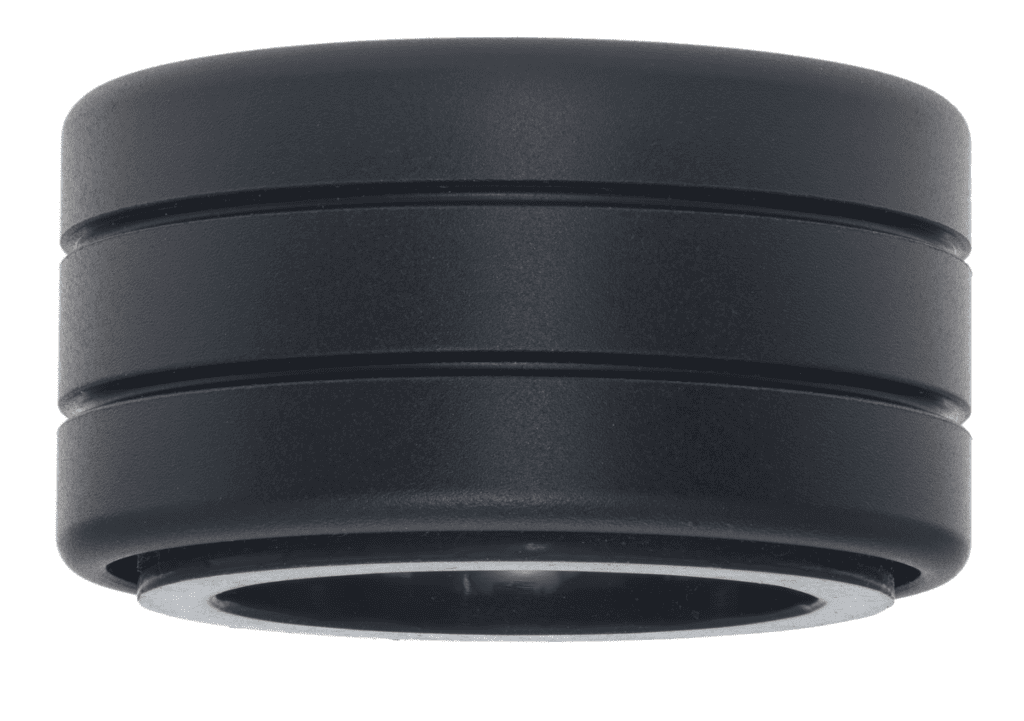
It hasn’t gone anywhere, your HiFi is doing its job yet third-party, parasitic noise is masking a heap of detail. So you never get to really hear what your HiFi system is truly capable of and you also waste a lot of the money you spend on your HiFi. That is, you’re not hearing the information retrieval you paid for in the first place. With the AQUA EQ feet, that basic sound quality is revealed to you, getting you closer to the truth of your own system.
STACK AUDIO EQ ISOLATORS
Prices & Types
AUVA EQs come in sets of three or four. CSA inserts are available in 3 versions to suit different equipment weights. EQs are individually height adjustable up to 3mm.
Each foot spans 50 x 28mm. The CSA 1 can handle 0-4kg or 0-9lbs, per isolator, the CSA 2 can handle 4-10kg or 9-22lbs per isolator and the CSA 3 can handle 10-15kg or 22-33lbs per isolator.
So just divide the weight of your HiFi component by the number of isolators you will be using and then you’ll know which EQ type to go for and how many EQ feet you will need to buy.
The price is not affected by the type of Isolator that you buy, incidentally. So a CSA1 is the same price as a CSA 2 is the same price as a CSA 3. The price only changes, the more feet you buy.
Sample prices? A set of three EQs will cost £150, a set of four will cost you £198, a set of eight will cost £396.
All AUVA products are covered by a 30-day money back guarantee.
GOOD: low noise performance, midrange detail, big bass, value for money
BAD: height
RATING: 8

REFERENCE
Pro-Ject Phono Box MM Phono Amplifier
Tellurium Q cabling
Blue Horizon Professional Rack System
Harmonic Resolution Systems Noise Reduction Components
Air Audio AC-2K Balanced Transformer

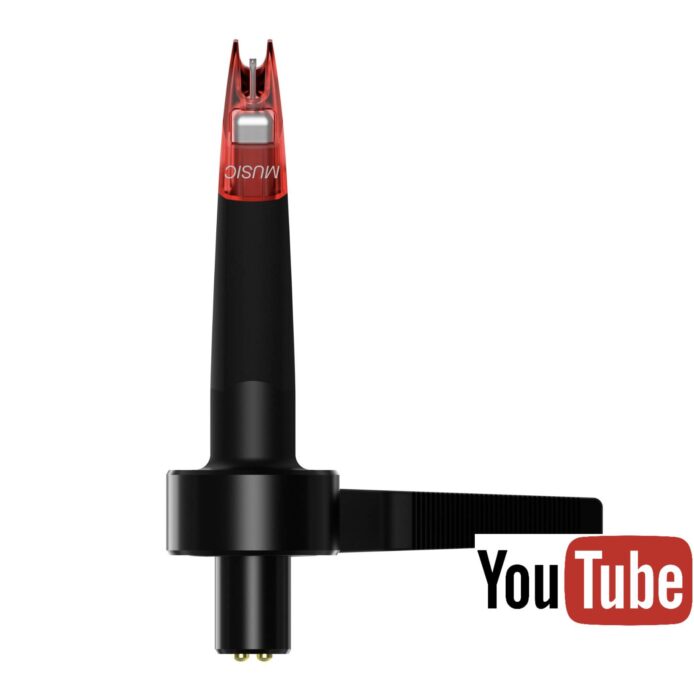

great but you can’t buy them anywhere in UK that I can find, not even on stackaudio website shop
Hi David – if you go on this page, https://stackaudio.co.uk/shop-auva-isolators/ and the scroll down, you should find them there.
Hello Paul
Just a little remark: you rate the auva 9/10 here but in your YouTube vidéo you rate them 8/10… ?
Thanks for your reviews
Frédéric
Ahhh, well, yes. That’s what we in the trade call a “cock up” 🙂 I’ve corrected the rating here back to 8/10. Many thanks!